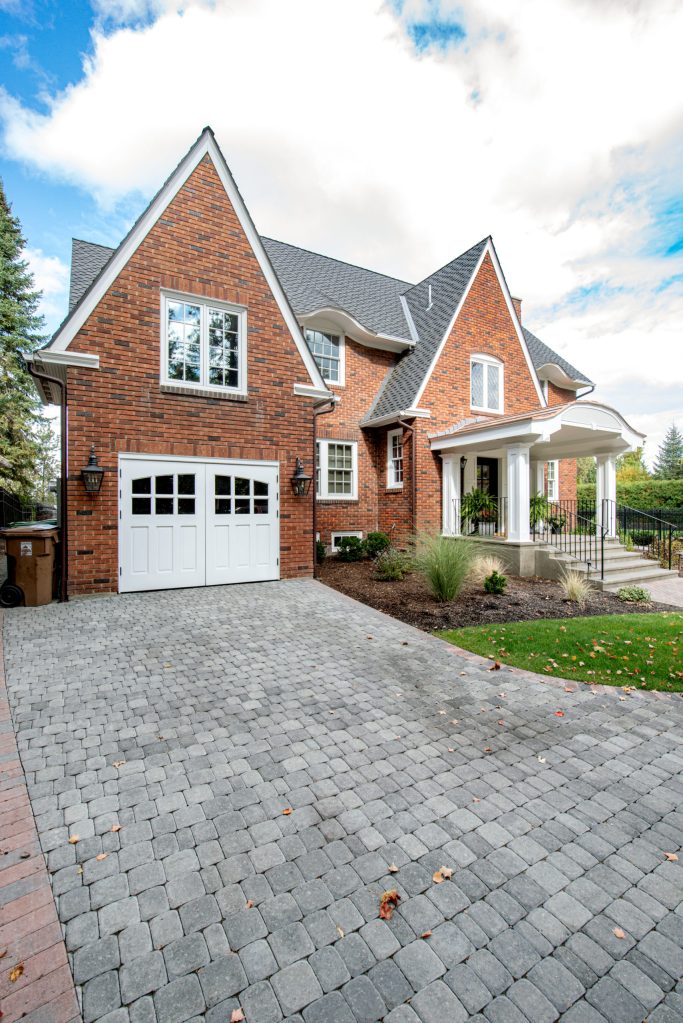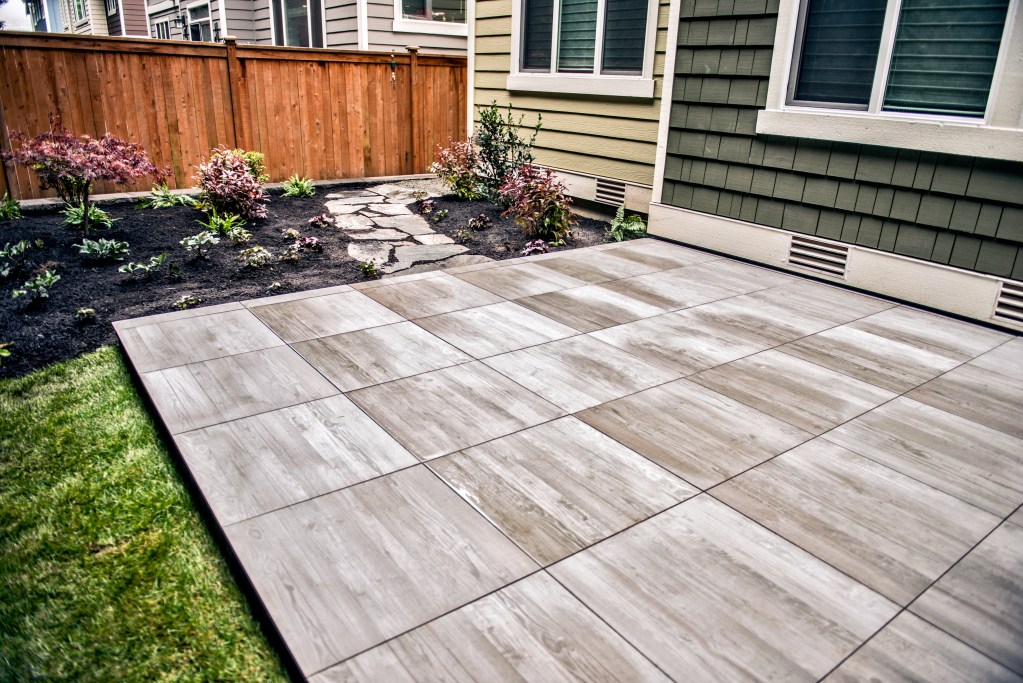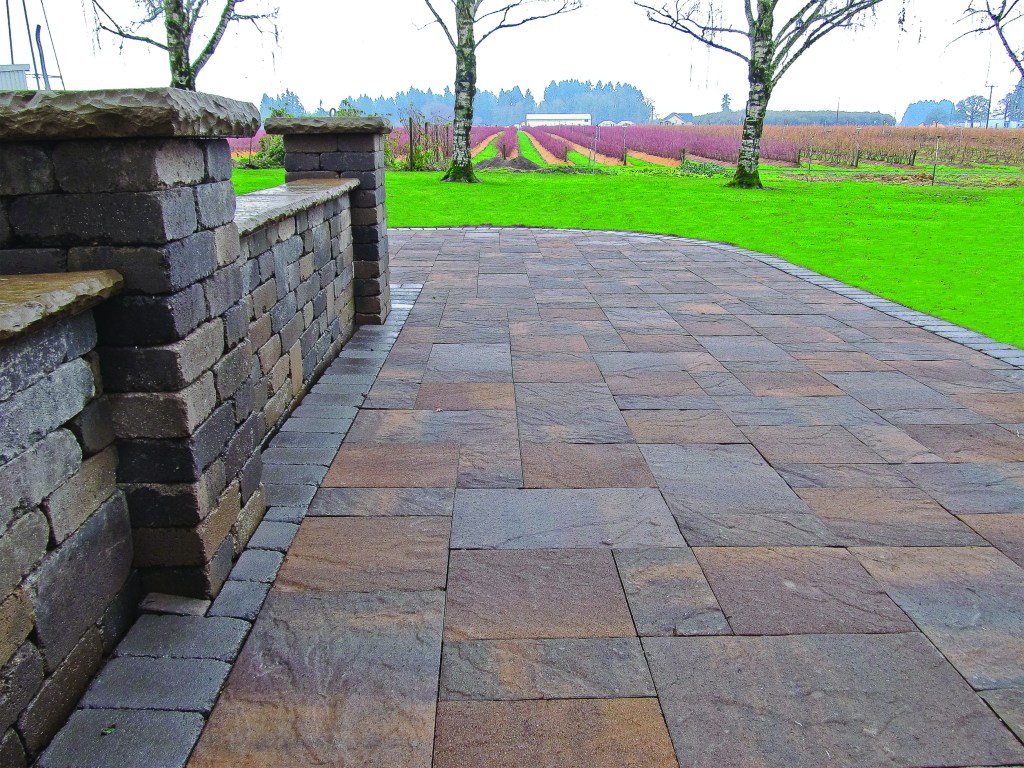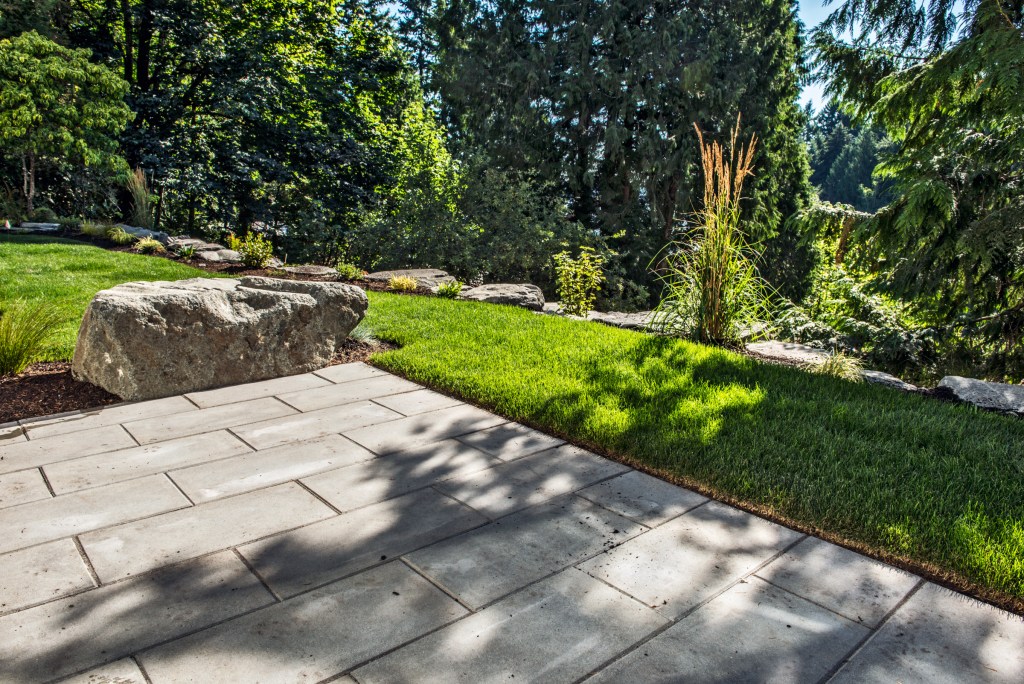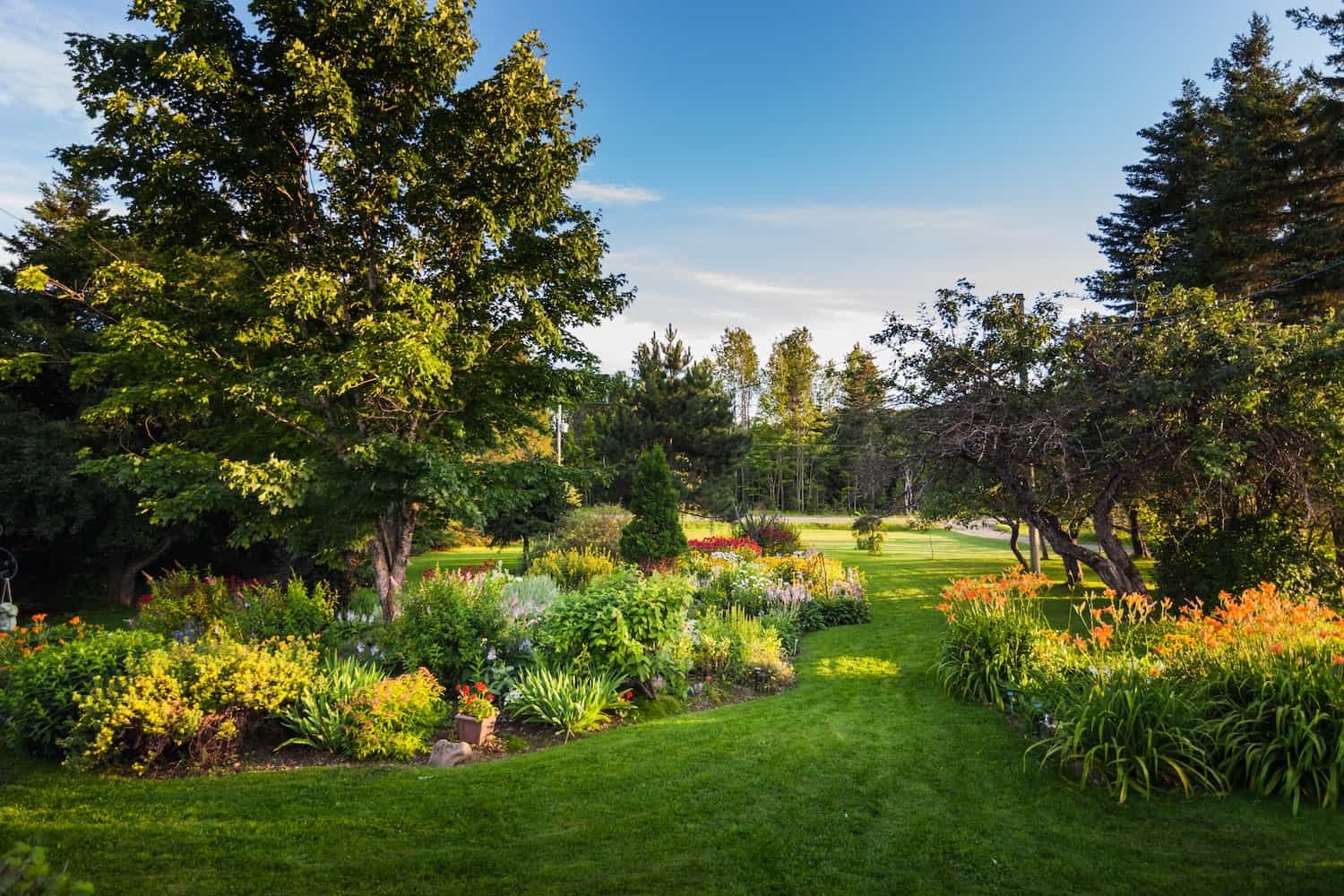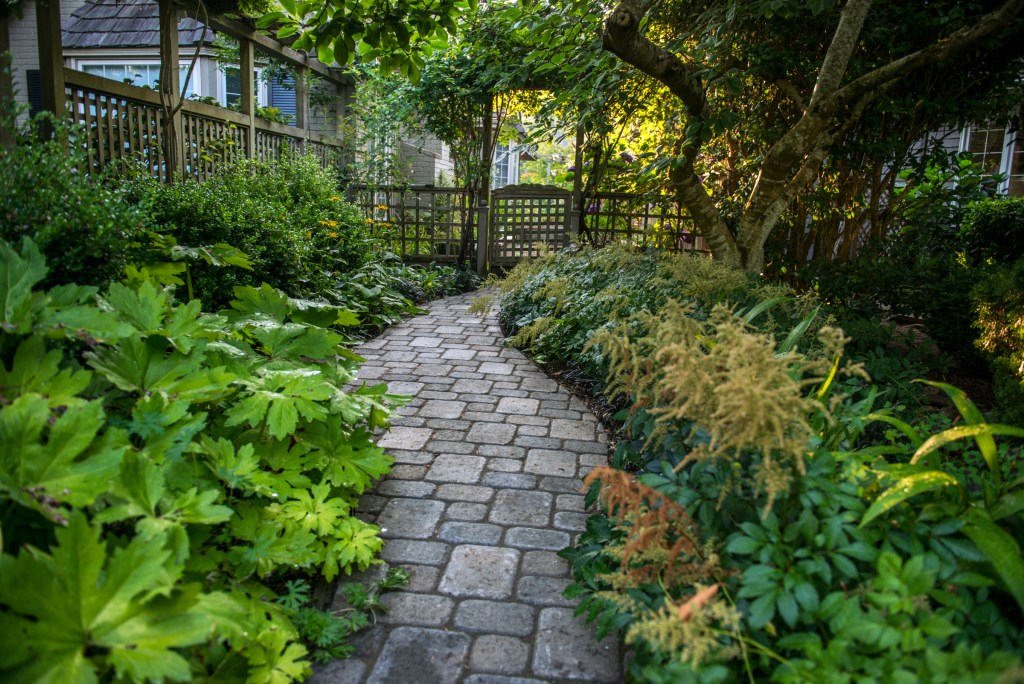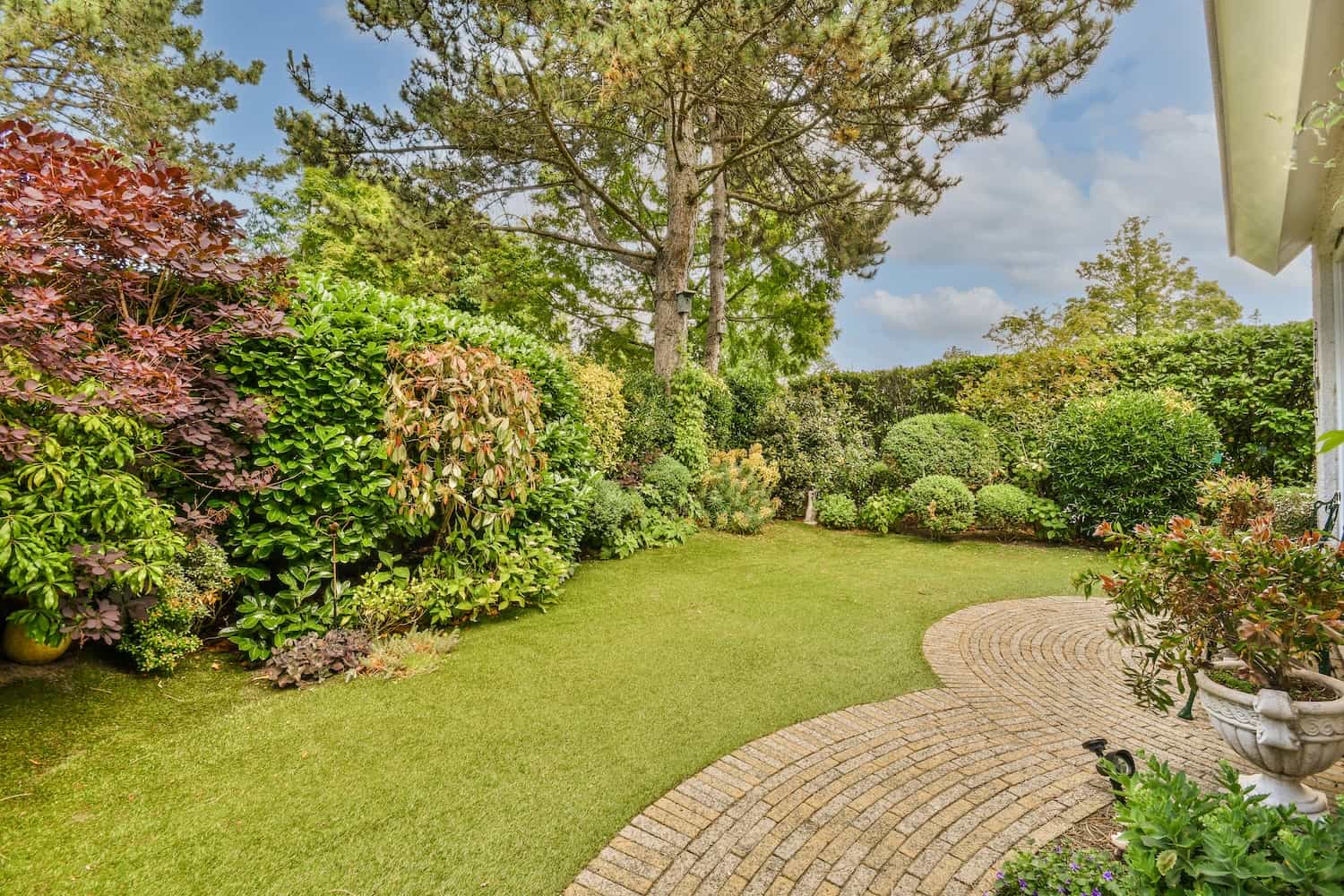The Principles of Landscape Design
The principles of landscape design serve as essential guidelines to create visually appealing and functional outdoor spaces. By understanding and applying these principles, you can transform any landscape into a harmonious, beautiful environment that suits both your aesthetic preferences and practical needs.
1. Unity, Balance, Proportion, and Harmony
Unity
Unity is the principle of creating a cohesive design where every element feels like it belongs together. This can be achieved by using similar materials, colors, textures, or plant types across the landscape. When elements are unified, they create a sense of completeness and organization, making the space feel intentional and well-planned.
Balance
Balance in landscape design refers to the visual stability of the space. It can be symmetrical, where elements are mirrored on either side (such as matching trees or bushes), or asymmetrical, where objects of different sizes or shapes are arranged to feel balanced through visual weight. Both approaches are effective in creating harmony and stability in the landscape.
Proportion
Proportion relates to the size relationships between different elements of the landscape. For instance, a large tree placed in the middle of a small yard might feel overpowering, while smaller plants surrounding a larger tree create a proportional balance that feels natural. Proportion ensures that nothing in the landscape feels out of place or overwhelming.
Harmony
Harmony refers to the way elements work together to create a unified, pleasing design. Plants, pathways, structures, and outdoor features should complement each other in color, shape, and texture. A harmonious landscape ensures that all elements contribute to the overall look and feel, instead of clashing or standing out awkwardly.
2. Scale, Focal Points, Rhythm, and Repetition
Scale
Scale refers to the size of objects in relation to the size of the entire landscape. Proper scale ensures that elements such as trees, furniture, and buildings fit proportionally within the space. For example, large trees are suited for open, expansive yards, while smaller plants or features might be better for a compact area.
Focal Points
Focal points are specific elements or areas in your landscape designed to attract attention. These can include statues, water features, unique plants, or architectural elements. A focal point serves to direct the viewer’s gaze, guiding them through the space and providing a visual anchor.
Rhythm
Rhythm in landscape design is created through repetition and arrangement of elements, such as plants, pathways, or shapes. By repeating certain features at regular intervals, rhythm creates a sense of flow and movement throughout the landscape, giving the design structure and a pleasing visual progression.
Repetition
Repetition involves using the same or similar elements multiple times within the design. This can include repeating plant types, colors, or shapes. Repetition creates unity and cohesion within the space, making the design feel complete and organized. It helps tie the landscape together, reinforcing the overall theme.
3. Integrating Hardscape and Softscape Elements
Hardscape Elements
Hardscape refers to the non-plant materials in the landscape, such as patios, pathways, walls, and stone features. These elements provide structure and define different areas within the space. They are essential for creating functional zones and can also add visual interest through textures and materials.
Softscape Elements
Softscape consists of living elements like plants, flowers, shrubs, and trees. These elements bring color, texture, and movement to the landscape, creating a natural and vibrant environment. Softscapes soften the edges of hardscape features, making the design feel more inviting and dynamic.
Balancing Hardscape and Softscape
For a well-rounded landscape design, it’s important to strike a balance between hardscape and softscape elements. Too much hardscape can make a space feel rigid and cold, while too much softscape may lack structure. Ideally, plants should soften the lines of hardscape features, and hardscapes should frame or define planting areas. This balance creates a harmonious, functional, and visually pleasing landscape.
Summary Notes
- Unity, balance, proportion, and harmony work together to create a cohesive, well-designed landscape.
- Scale, focal points, rhythm, and repetition guide the viewer’s eye, add structure, and create flow across the space.
- A balanced landscape integrates hardscape (non-living materials like paths and walls) with softscape (living elements like plants and flowers) for a natural, functional, and visually pleasing result.
Practical Examples
- Focal Point: Use a garden bench surrounded by colorful flowers as a central feature in your design to draw attention and create a tranquil spot.
- Rhythm: Plant shrubs in a repeating pattern along a walkway, creating a rhythmic flow as you move through the garden.
- Balance: Pair hardscape stone pathways with soft grasses and flowers to soften the edges of the stones and create a more inviting environment.
Keyword Definitions
- Unity: Creating consistency and connection between elements within the landscape for a cohesive design.
- Balance: Visual stability achieved through symmetrical or asymmetrical placement of design elements.
- Proportion: The size relationships between elements, ensuring that they are appropriately scaled for the space.
- Focal Points: Elements that draw attention and guide the viewer’s gaze through the landscape.
- Hardscape: Non-living elements such as pathways, patios, walls, and stones that provide structure and form to the landscape.
Lee’s Landscape, Hardscape, Softscape Design Series:
- I. Introduction to Landscape Design
- II. Planning and Assessing Your Space
- III. Defining Your Landscape Goals
- IV. Principles of Landscape Design
- V. Hardscape Design Elements
- VI. Softscape Design Elements
- VII. Water Features and Ponds
- VIII. Outdoor Lighting
- IX. Designing for Outdoor Living
- X. Sustainable and Eco-Friendly Landscaping
- XI. Garden Structures and Accessories
- XII. Climate-Responsive Landscaping
- XIII. Irrigation and Drainage Solutions
- XIV. Landscape Maintenance and Care
- XV. DIY vs. Hiring a Professional




